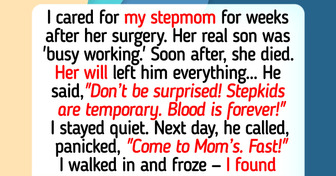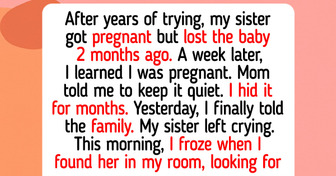10 Moments That Remind Us Quiet Kindness Is Mightier Than It Seems
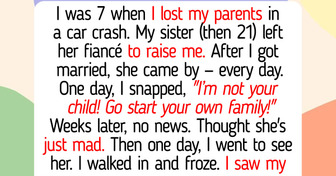
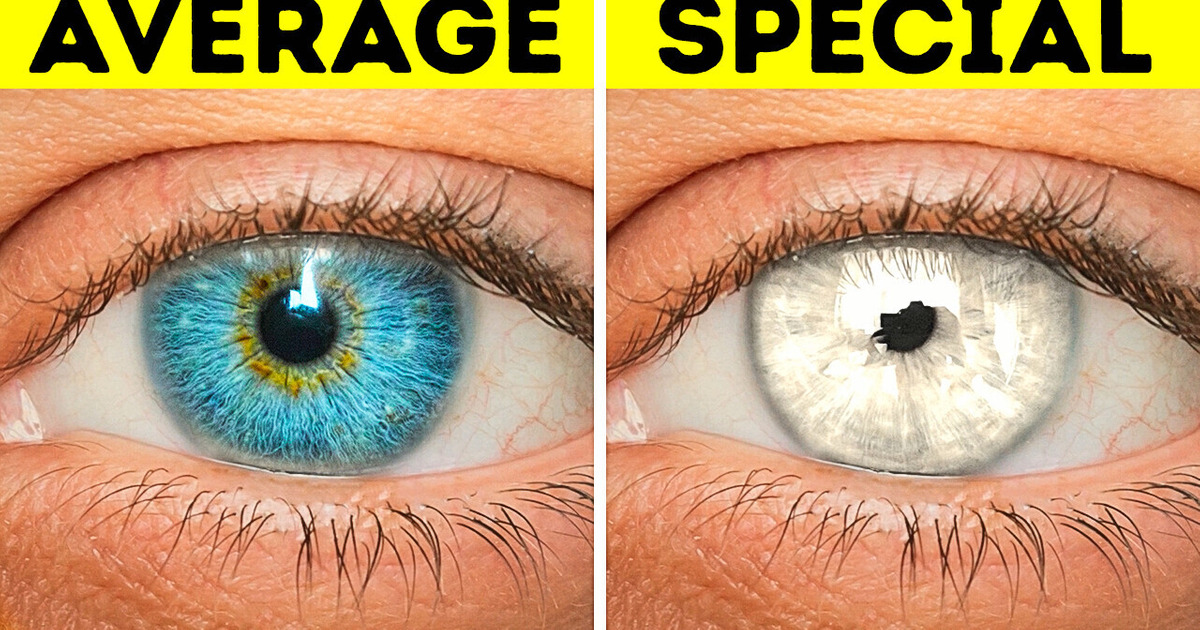
The human tongue consists of 8 intertwined muscles. The whole structure resembles an elephant’s trunk or an octopus’ tentacle. Just like them, the tongue’s very flexible and can move in any direction.
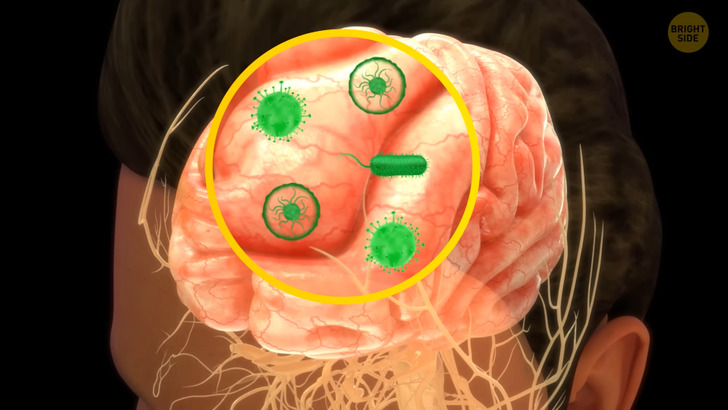
People who live to be 110 years and older, also called supercentenarians, may have a secret. Researchers have discovered they have more immune cells called “T-helpers” than the average person. These cells are likely to protect people from some health problems.
Scientists have always thought that the human brain is a “sterile” place, free of germs or bacteria. But the latest studies have shown that experts might have been wrong all along. It seems there are harmless microbes living in our brains. But researchers need a bit more time to make sure.
Researchers believe that if people suddenly started to be born with six fingers, the brain would easily adapt to it. Those with polydactyly (extra fingers or toes) usually don’t have any problems with this feature. Their brains know how to control additional fingers and how to use each of them independently. Such people sometimes need only one hand to carry out a task for which others would need two hands.
In some people, saliva accumulates in a gland under their tongue. It can then get propelled out in a stream when a person presses on this gland. If the mouth is open at the moment, a jet can reach several feet! This process, called gleeking, can occur spontaneously. A person accidentally pushes their tongue against the gland while eating, yawning, talking, or cleaning their teeth — and voilà! Up to 35% of people can gleek, but just 1% can do it on command.
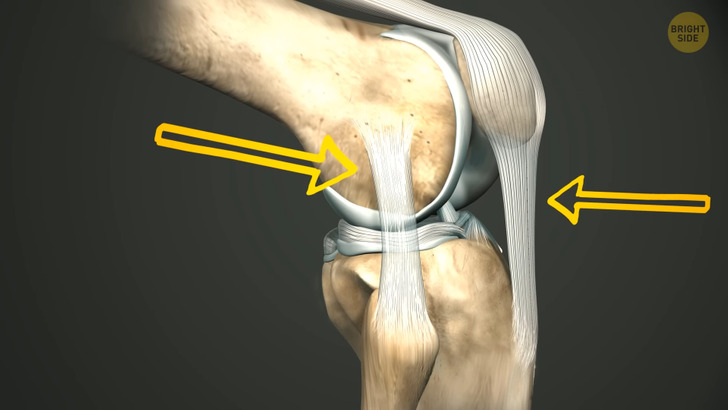
About 25% of people have an interesting reaction to sunlight — I mean sneezing! This phenomenon has its own name: the photic sneeze reflex. In the Greek language, it’s called “sun sneezing.”
Just like salamanders regrow their tails, humans might be able to regenerate cartilage — that’s rubber-like stuff around your joints. Scientists have discovered that cartilage is likely to repair itself — most effectively at the ankle, not that well in the knee, and least effectively in the hip.
The older you get, the fewer bones you have! When people are born, they have many more than 206 bones. In babies, most bones look different than they do in grown-ups. And there are more than 300 of them! Where do those extra ones go? They sure do not disappear or dissolve. They fuse together as they develop.
Until they “merge,” some bones contain neither collagen nor calcium — what we think is standard bone material. No, they start as flexible yet tough cartilage. Later, this cartilage turns into sturdier bones, and some of the pieces come together. For example, the skull initially consists of 44 different elements! But a grown-up’s skull is made up of 22 bones.
Some bones don’t fully form till our early to mid-twenties.
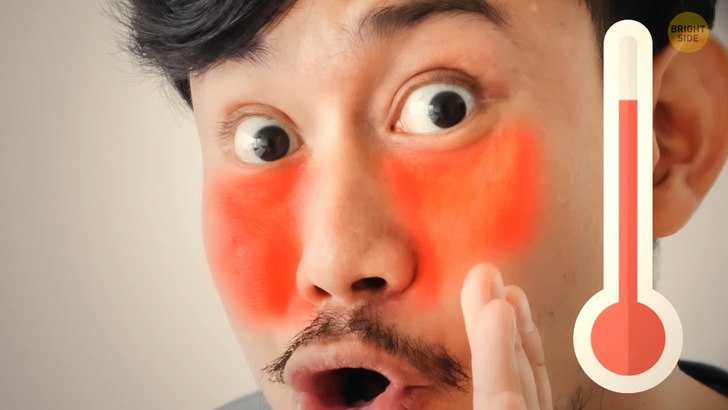
When someone’s lying, their own nose gives them away. Psychologists from the University of Granada discovered that when a person told a lie, the temperature around their nose and in the inner corners of their eyes went up. This phenomenon was called “the Pinocchio Effect.”
Ancient Greeks had stories about fire-breathing creatures called chimeras. They were a fearsome mixture of a goat, lion, and snake. In real life, chimeras are people who have two different sets of DNA. Scientists have recorded no more than 100 cases of human chimerism.
Albinism is a rare feature to have. People with albinism have very little to no melanin — a substance that produces pigmentation. But if it’s ocular albinism — that’s even more unique. This kind of albinism affects only a person’s eyes. Experts don’t have exact numbers, but they think between 1 person in 20,000 to 1 person in 50,000 have ocular albinism.
Scientists have figured out that you might be good at hearing things thanks to a teeny “Jell-O violin.” Inside your ear, there’s a miniature assembly line of nerves, tissues, fibers, and bones. It turns vibrations into sounds. And there’s also a blob of jelly-like substance made up of 97% water. Researchers believe that thanks to this “Jell-O,” your ear can separate high frequencies from lower ones.
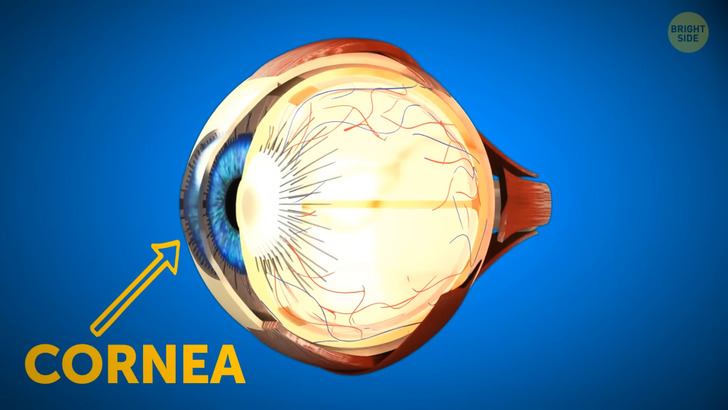
Your brain is constantly processing tons of visual information — around 600 million bits per minute! It all starts when the light goes through the cornea — your eye’s clear, protective outer layer. After several transformations, the light turns into electrical signals. They travel to your brain, and it interprets them into images you see. It takes milliseconds for this super complicated process to happen.
The human brain is 73% water, just like your heart. That’s why if your brain loses even 2% of liquid, you start feeling exhausted. This also makes your memory worse, shortens your attention span, and puts a dampener on your mood.
Around 65% of the world’s population have loop-shaped fingerprints. In 30% of people, fingerprints are whorl-shaped. And only 5% of people have arch-shaped fingerprints. All these types are divided into smaller groups. For example, there might be plain or tented arches, accidental whorls or the peacock’s eye, and so on.
If you have a circular hair-whorl on your head, it’s likely to be clockwise. Some scientists think there’s a genetic link between hair-whorl direction and handedness. A bit more than 8% of right-handed people have counterclockwise hair-whorls. But in the left-handed, this number grows up to 45%.
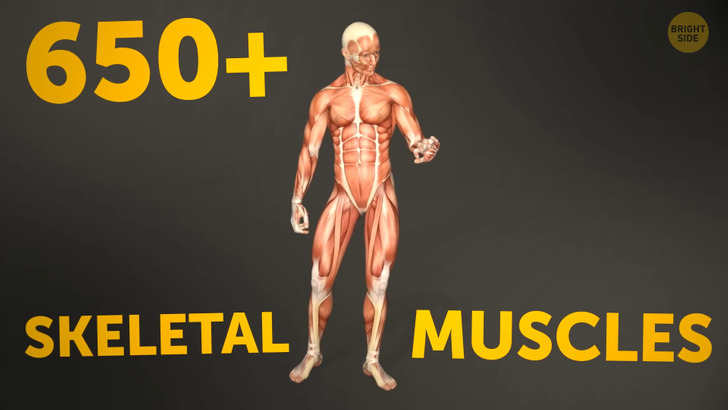
There are more than 650 skeletal muscles in your body. They make up around 40% of your body weight. Up to 85% of the heat your body produces comes from your muscles contracting. At the same time, caterpillars have many more muscles than people: some species — up to 4,000 of them. And the grasshopper has 900.
Your brain can decide what sounds to focus on when you’re in a loud place. Thanks to this ability, you can shut out all other voices and concentrate on the person you’re listening to.
The Bajau is a group of nomadic people that live in the waters around the Philippines, Indonesia, and Malaysia. Thanks to a rare DNA mutation, they can stay underwater for up to 13 minutes! The Bajau people have evolved spleens that are way larger than average. This feature provides them with a genetic advantage. “Sea nomads” need it to hunt for fish or look for underwater stuff that can be used in crafts.
Human bones might be loaded with a network of tiny tunnels. Scientists knew nothing about them until recently. That’s why it was unclear how blood cells (which are produced in our bones) could quickly exit bones and get into the blood circulation. But now, the mystery may be finally solved: if there are holes, there can also be capillaries — miniature blood vessels.
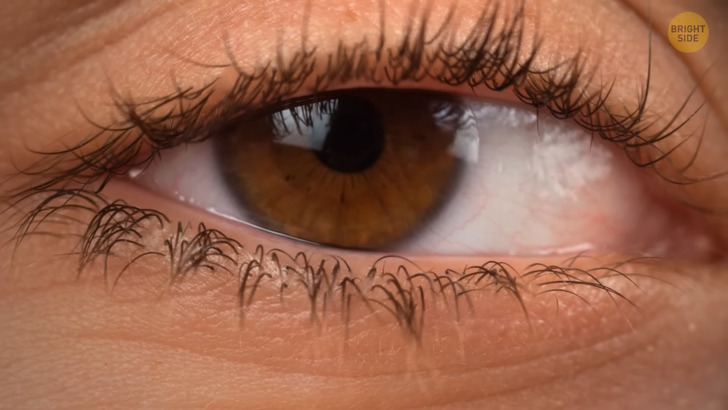
Some people have more than one row of eyelashes. This phenomenon is a genetic mutation called distichiasis. A person with this condition has a second set of eyelashes growing behind the first. All these thick, lush lashes sure look beautiful. But they can also cause some discomfort. Some hairs can start growing in the wrong direction or in the place where an oil gland is supposed to be. It can cause irritation and tearing.
Why do your fingernails turn blue when you get cold? For one thing, your fingers are rather far away from the rest of your body (just like your toes or the very tip of your nose). Imagine a piece of tissue in the middle of your body. It gets circulation from all sides, left and right, up and down. But the ends of your fingers have just one option: blood can only flow from the hand down the fingers.
When it’s cold, little blood vessels (aka capillaries) in your fingers narrow. It prevents blood from flowing as freely as before. When blood circulation slows down, the tips of your fingers and your fingernails don’t get enough oxygen-rich blood. And the less oxygen your blood contains, the darker it becomes. Its color is actually dark red, but we perceive it as blue.
The hippocampus is a part of your brain that helps you navigate in space. You have two of them, each the size of a chestnut. London cab drivers have bigger hippocampi than most other people. Researchers are sure it’s thanks to their regular mental workout — it’s not a gimme to navigate 60,000 London streets!

